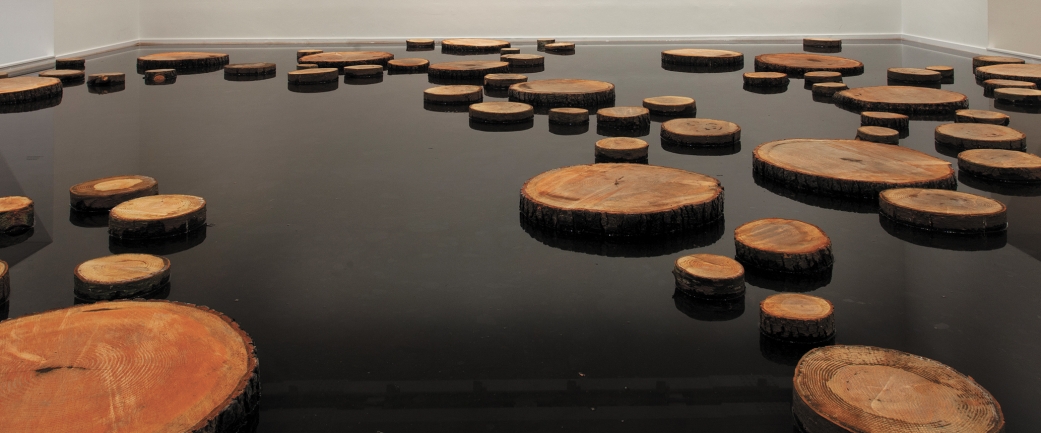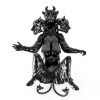
Was the screenplay for Indian filmmaker Satyajit Ray’s unrealized motion picture, The Alien, about a kind extraterrestrial who visits India, appropriated years later for the blockbuster E.T.?
A spaceship splashes down in the middle of a lotus pond in rural Bengal. A latch opens and out comes a rather kind creature, whose first human friend is a young village boy. The alien’s friendliness is anathema to the genre: people from outer space are supposed to be evil and wreak havoc on earthlings. Not this fellow. He’s friendly, playful, and a bit mischievous. You may be scratching your head at the moment thinking, this storyline sounds familiar. Well, aside from the location, it may.
The Alien is based on Satyajit Ray’s short story “Bankubabur Bandhu” (Mr. Banku’s Friend), written in 1962 and published in Sandesh, the Bengali children’s magazine founded by Ray’s grandfather Upendrakishore Ray Chowdhury in 1913. While in London in 1966, Ray met with sci-fi great Arthur C. Clarke on the set of 2001: A Space Odyssey. They had been corresponding for a few years, as Ray had asked Clarke his opinion on starting a science fiction club in Calcutta. He also told Clarke that he wanted to make a sci-fi film, and he shared his idea for a screenplay about the kind, playful extraterrestrial. Though best known as the most important Indian filmmaker of the last century, Ray also wrote science fiction stories. His first appeared in 1961, titled “Byomjatir Diary” (Diary of a Space Traveller).
After the screenplay for The Alien was completed, it was circulated among Hollywood studios, along with drawings Ray drafted of Mr. Banku and his friend. Columbia Pictures became interested in the script, and Ray traveled to Los Angeles in 1967 to sign a deal. Casting began. The English actor Peter Sellers signed on to play the role of an Indian businessman. Marlon Brando also had a role, but then dropped out. Later that year, Ray and his associates scouted locations in the Bankhura and Birbum districts of West Bengal. But for various reasons, the project fell through, and Ray returned to Calcutta, disillusioned. The film was never made.
In 1982, Steven Spielberg released E.T. the Extra-Terrestrial. The similarities between this movie and The Alien did not escape Ray, who told the Indian press at the time that E.T. “would not have been possible without my script of The Alien being available throughout America in mimeographed copies. ”Spielberg denied the allegations, but to this day, not everybody is convinced. The story of the making—if not the unmaking—of The Alien is one of cinema’s mysteries of the latter part of the twentieth century. Did he or didn’t he? Film critics and fans still wonder if Spielberg co-opted the earlier script, while contemporary artists who explore cross-cultural narratives and speculative futures, including Matti Braun and the Otolith Group, contemplate the significance of the “lost” Ray film.
See artworks by Matti Braun and the Otolith Group in the Rubin Museum’s exhibition A Lost Future, on view February 23, 2018–January 28, 2019.
About the Contributor
Howard Kaplan is the former editor in chief of Asiatica, the annual magazine of the Freer and Sackler Galleries, Smithsonian Institution. For his writing he has received fellowships from the MacDowell Colony, the Bread Loaf Writers’ Conference, and the Edward Albee Foundation among others. He currently divides his time between New York and Washington, DC.

Matti Braun (b. 1968, Berlin); S.R., 2003–2005; foil, water, tree discs; exhibition view: Gost Log, Arnolfini, Bristol, 2012; courtesy of the artist and Esther Schipper, Berlin; photo © Jamie Woodley




